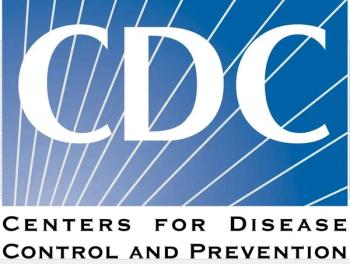
SARS-CoV-2 Variants: How Many and How Dangerous?
The CDC defines 3 classes of SARS-CoV-2 variants: Variants of interest, of concern, and of high consequence. Find out more about the 8 variants now being closely observed.
The Centers for Disease Control and Prevention (CDC)
Each classification describes and identifies the variant in terms of its impact on critical SARS-CoV-2 countermeasures including vaccines, therapeutics and diagnostics. Variants of interest in the US right now include the 2 identified in New York at the end of 2020; variants of concern to the CDC include those from the UK and South Africa.
The following slides summarize the most salient details on 8 SARS-CoV-2 variants of interest and concern to the CDC as of March 30, 2021. The CDC data are updated regularly.
Newsletter
Enhance your clinical practice with the Patient Care newsletter, offering the latest evidence-based guidelines, diagnostic insights, and treatment strategies for primary care physicians.















































































































































































































































































